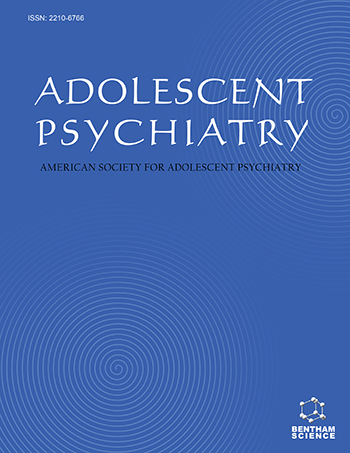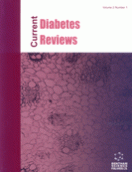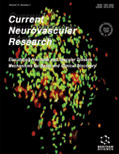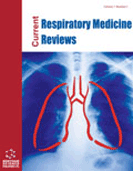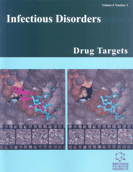Abstract
This article contains first person accounts in narrative and visual form created by clients and family members who have participated in the Early Detection and Intervention for the Prevention of Psychosis Program (EDIPPP). By the time most individuals join EDIPPP they have been experiencing a confusing constellation of thought and behavior changes. For most, EDIPPP signifies the next step in a journey of trying to reclaim a sense of agency in their lives and promise for the future. Understanding the process youth and families go through to make meaning of a “high risk” indication is critical for the clinicians who work with these families. By highlighting these first person accounts and the story they tell, we strive to contribute to this understanding and thereby enrich our discussion of the early detection and intervention for psychosis with the perspectives of individuals participating in our study. These narratives point to the potential value of further research focused specifically on how youth and families come to understand being at risk for psychosis.
Keywords: Adolescents, first person accounts, psychosis, schizophrenia, prodromal psychosis, high risk, recovery
Adolescent Psychiatry
Title:In the First Person: A Window into the Experience of Early Psychosis and Recovery
Volume: 2 Issue: 2
Author(s): Margaret Migliorati, Melina Salvador, Elizabeth Spring-Nichols, Sarah Lynch Tamara Sale and Steven Adelsheim
Affiliation:
Keywords: Adolescents, first person accounts, psychosis, schizophrenia, prodromal psychosis, high risk, recovery
Abstract: This article contains first person accounts in narrative and visual form created by clients and family members who have participated in the Early Detection and Intervention for the Prevention of Psychosis Program (EDIPPP). By the time most individuals join EDIPPP they have been experiencing a confusing constellation of thought and behavior changes. For most, EDIPPP signifies the next step in a journey of trying to reclaim a sense of agency in their lives and promise for the future. Understanding the process youth and families go through to make meaning of a “high risk” indication is critical for the clinicians who work with these families. By highlighting these first person accounts and the story they tell, we strive to contribute to this understanding and thereby enrich our discussion of the early detection and intervention for psychosis with the perspectives of individuals participating in our study. These narratives point to the potential value of further research focused specifically on how youth and families come to understand being at risk for psychosis.
Export Options
About this article
Cite this article as:
Migliorati Margaret, Salvador Melina, Spring-Nichols Elizabeth, Tamara Sale Sarah Lynch and Adelsheim Steven, In the First Person: A Window into the Experience of Early Psychosis and Recovery , Adolescent Psychiatry 2012; 2 (2) . https://dx.doi.org/10.2174/2210676611202020146
| DOI https://dx.doi.org/10.2174/2210676611202020146 |
Print ISSN 2210-6766 |
| Publisher Name Bentham Science Publisher |
Online ISSN 2210-6774 |
 16
16
- Author Guidelines
- Graphical Abstracts
- Fabricating and Stating False Information
- Research Misconduct
- Post Publication Discussions and Corrections
- Publishing Ethics and Rectitude
- Increase Visibility of Your Article
- Archiving Policies
- Peer Review Workflow
- Order Your Article Before Print
- Promote Your Article
- Manuscript Transfer Facility
- Editorial Policies
- Allegations from Whistleblowers
Related Articles
-
Non-Pharmacological Treatments for ADHD in Youth
Adolescent Psychiatry Cannabis and Cognitive Systems in Adolescents
Adolescent Psychiatry Childhood Hospitalisations for Physical Disease and Risk of Mental Disorders During Adolescence and Early Adulthood
Adolescent Psychiatry Preface
Adolescent Psychiatry Adolescence and Borderline Behavior - Between Personality Development and Personality Disorder
Adolescent Psychiatry Chronic Absenteeism: A Brief Review of Causes, Course and Treatment
Adolescent Psychiatry Child and Adolescent Mental Health in the Juvenile Justice System in India: Challenges and Initiatives
Adolescent Psychiatry Current Understanding of Dyslexia and Pilot Data on Efficacy of a Mindfulness Based Psychotherapy (MBR-RAM) Model
Adolescent Psychiatry Adolescent Inpatients with Depression: Comparison to Inpatients without Depression and to Peers without Psychiatric Disorders
Adolescent Psychiatry New Pathways of Intervention for Adolescents at Clinical High Risk of Psychosis: Improving Meta-representation Skills and Strengthening Identity with Video-Confrontation Techniques
Adolescent Psychiatry High Risk Driving in Treated and Untreated Youth with Attention Deficit Hyperactivity Disorder: Public Health Implications
Adolescent Psychiatry On Utilizing an Attachment-based Model for Assessment in Adolescence
Adolescent Psychiatry “Medical Clearance” of Psychiatric Patients in the Emergency Department
Adolescent Psychiatry Conflict of Interest as a Possible Factor in the Rise of Pediatric Bipolar Disorder
Adolescent Psychiatry Stigmatising Attitudes Towards Depression and Alcohol Misuse in Young People: Relationships with Help-Seeking Intentions and Behavior
Adolescent Psychiatry Editorial: The Art and Science of Adolescent Psychiatry and Psychology
Adolescent Psychiatry The Impact of Diabetes on Adolescent Development: The Experiences of Teenagers with Diabetes Attending a Summer Camp
Adolescent Psychiatry Vampires and Vamps: The Use of a Popular Metaphor in the Psychodynamic Understanding of Adolescent Conflict
Adolescent Psychiatry SUBJECT INDEX
Adolescent Psychiatry Trauma Interventions using Mindfulness Based Extinction and Reconsolidation (TIMBER<sup>©</sup>) as Monotherapy for Chronic PTSD: A Pilot Study
Adolescent Psychiatry


